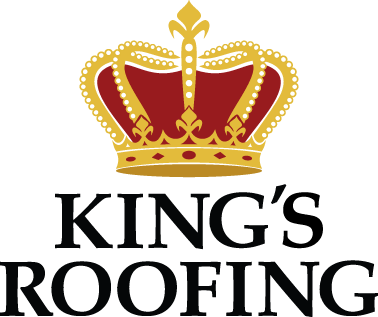How To Detect a Leak on a Flat Roof
When you have a leak on any roof, immediate repair is necessary in order to avoid further damage to your house. However, if you have a flat roof, these fixes may be more difficult as it can be harder to identify the leak’s origination point. Trained and licensed contractors know how to do a thorough inspection of all the likely entry points and can seal these spots right away.
With a sloped roof, it’s easier to narrow down where the damage is. Water follows gravity and flows
downward, so you can eliminate any areas above the watermark. With a flat roof, however, water can
flow in any direction, so professionals may have to inspect the entire roof before finding the spot to fix.
Contractors will likely start with the typical culprits for leaky roofs, including flashing and seams.
Flashing helps to cover the joints of the roof and create a seal that prevents water damage. Flashing,
which is typically made of rust-resistant metal, can also be used to divert rain water away from the roof.
If there are cracks or gaps in this material, this could be the source of the leak. Similar to flashing, a
seam could be the origin of a leak if it has cracks or gaps. Other common indications of leaking in a flat
roof can be corrosion, dirt rings and watermarks.
If there is no visible wear and tear at the flushing or seams, a contractor may use a hose to identify the
leak. By observing a steady stream of water, contractors will be able to identify where the water is
flowing and the source of the leak.
Fixing a leak in a flat roof may seem daunting at first, but a trained and licensed contractor will know
how to locate and patch-up leaks quickly, thus helping you avoid more a costly and extensive roof
overhaul down the road.

